Najmul Hussain
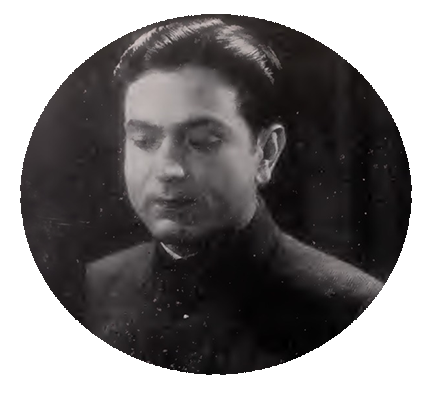
Subscribe to read full article
This section is for paid subscribers only. Our subscription is only $37/- for one full year.
You get unlimited access to all paid section and features on the website with this subscription.
Not ready for a full subscription?
You can access this article for $2 , and have it saved to your account for one year.
- Died: 1980 (Lahore, Pakistan)
- Primary Cinema: Hindi
Leading actor known for his association with premiere studios Bombay Talkies and New Theatres in the 1930s, the dashing and debonair Najmul Hussain (also credited variously as Najmul Hasan and Najam-Ul-Hasan) is known for films such as Jawani Ki Hawa (1935), Dushman (1938) and Kapal Kundala (1939). His career is believed to have suffered after he eloped with Bombay Talkies’ co-owner Devika Rani, wife of the legendary studio’s founder and head, Himanshu Rai, following which he became attached to Calcutta’s New Theatres. After migrating to Pakistan, he acted in a few supporting roles in Pakistani films such as Heer Ranjha (1970).
Hussain was reportedly born into an aristocratic family, “descended from Lucknow nobility,” as Bhaichand Patel writes in his book Top 20: Superstars of Indian Cinema. In an interview with Pakistani journalist Munir Ahmed Munir shortly before he passed away, Hussain had revealed that he was studying law but did not complete his studies. He moved to Bombay and while it remains unclear if he made the move to join films, the tall and handsome Hussain met with Himanshu Rai, who convinced him to star in Bombay Studios’ first film, Jawani Ki Hawa, and signed him for a multi-movie deal. Jawani Ki Hawa was a crime thriller film directed by Franz Osten and written by J S Casshyap, S I Hassan, and Niranjan Pal. Hussain played the male lead, Ratanlal, alongside Devika Rani who essayed the character Kamala. The plot revolved around Kamala, who elopes on her wedding day with her childhood friend Ratanlal. Her father Manganlal chases the couple and catches them on a train. His furious exchanges with Ratanlal are interrupted by gunfire and in the mysterious gloom of the evening a body is thrown off the train. The suspects are Ratanlal, who cannot furnish an alibi; Kamala, who insists on being the murderess; ex-convict Sukhdev, who confesses to the murder claiming robbery to be the motive; and the lunatic Tarachand, who also admits his guilt.
Next, Hussain began shooting with Devika Rani for Jeevan Naya (1936); however, by then the two had fallen for each other’s charms. A significant chunk of the film had already been shot, when the pair eloped to Calcutta by train during filming. As Manto put it, Hussain “had decided to pull away the leading lady from the celluloid world to the real one”.
Analysing the situation, Patel noted, “To the world, Bombay Talkies- with its great scripts, talented actors, and high technical quality, seemed one of the most successful studios in India. This image of success, however, covered the personal costs of running such an intensive film factory; strains and cracks were beginning to take place within. Rai had become a workaholic, desperately trying to balance finances and productions, some of which flopped in the market. There was also gossip that his young wife Devika was having affairs. True or false, Niranjan Pal alleged that Devika had become close to her co-star while shooting the film Jawani Ki Hawa.”
The fleeing couple was eventually tracked down by Sashadhar Mukherjee - a senior official in the technical department, and Himanshu Rai to Calcutta’s Grand Hotel. Mukherjee managed to convince Devika Rani to return; however, Hussain stayed on in Calcutta. Saadat Hasan Manto writes of the incident: “He (Hussain) was left to join the ranks of those who are fated to be deserted by their beloveds for less emotional, but weightier political, religious or simply material considerations. As for the scenes he had already done (for Jeevan Naya), they were trashed.” This incident led to the emergence of the first genuine superstar of Hindi cinema – Sashadhar Mukherjee’s brother-in-law named Kumudlal Ganguly, who was working at the studio as a lab assistant at the time, and would make his acting debut with the film with the name Ashok Kumar.
Hussain went on to join B N Sircar’s New Theatres in Calcutta, which was known for launching singer-actors and crafting musical hits in the 1930s. Its galaxy of multi-talented stars included K L Saigal, Kanan Devi, and Pankaj Mullick. As Hussain did not excel at singing, he did not find it easy to make his presence felt at New Theatres or other well-known production houses of the time like Pune’s Prabhat Studios and Calcutta’s Madan Theatres, and ended up playing second fiddle to the bigger names like Prithviraj Kapoor and Saigal.
In 1937, he acted in New Theatres’ Anath Ashram, a reformist drama film about widow remarriage directed by Hemchandra Chunder, which starred Prithviraj Kapoor and Uma Sashi. The Nitin Bose-directed Dushman (1939) saw him play second fiddle to K L Saigal in this social romantic drama New Theatres film. The story subject about tuberculosis was reportedly suggested as a propaganda film by Viceroy Lord Linlithgow and his wife, who were then the Chairman and Patron of King George’s Tuberculosis Fund. The plot revolved around two friends who unknowingly want to marry the same girl till one of them discovers he has tuberculosis. He decides to sacrifice his love but ends up in a sanatorium where he is treated.
Hussain did not win special praise for his performances but he did go on to become part of two of the bigger musicals of his time: Kapal Kundala (1939) and Nartaki (1940). Kapal Kundala, directed by Nitin Bose and Phani Majumdar, saw him star alongside Sailen Choudhury and Leela Desai. Based on Bankim Chandra Chattopadhyay’s novel of the same name, the film portrays the story of a forest dwelling girl, Kapalkundala (played by Leela Desai). Kapalkundala falls in love with a young man Nabakumar (played by Hussain) and is getting married to him. But she finds it difficult to adjust to city life. The film did not fare well at the box office.
In contrast, Nartaki, the Debaki Kumar Bose-directed costume drama that Hussain starred in alongside Leela Desai and Bhanu Bannerjee, was one of the highest grossing films of the year. A bilingual made in Hindi and in Bengali, the story was a 16th century period costume drama about a courtesan who, with the help of the king, tries to avenge her insult against the priest of a temple monastery. However, this success too didn’t provide a huge boost to his career.
During his stint in Calcutta, Hussain is also said to have become romantically involved with leading singer and actress of the 1930s - Jahan Ara Kajjan, who was known as the ‘Lark of India’ at the time.
In 1942, Hussain acted in the Hindi version of the Modhu Bose directorial Meenakshi, starring alongside Sadhona Bose, Ahindra Choudhury, and Rajlakshmi Devi. This was to be his last film in pre-Partition India. Following his migration to Pakistan, he sporadically worked in films without much acclaim. Among the films he acted in are Aashiana (1964), Doctor (1965), Mirza Jatt (1967), Taxi Driver (1970), the hit Heer Ranjha (1970) in which he played Heer’s father, and Rangeela (1970).
One of eight yesteryear stars to be interviewed by Pakistani journalist and writer Munir Ahmed Munir for his book Out Of Date, Hussain had maintained, “It is regrettable that our movie industry has failed to establish a fund for those who were once great and famous.”
Hussain passed away in Lahore in 1980.
-
Filmography (2)
SortRole
-
Meenakshi 1942
-
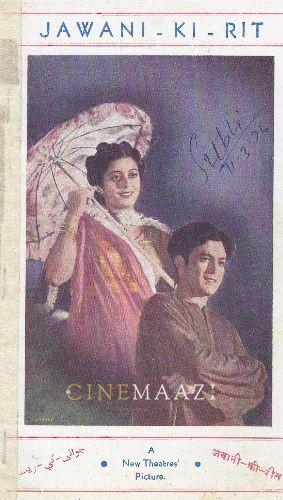
Jawani Ki Reet 1939
-



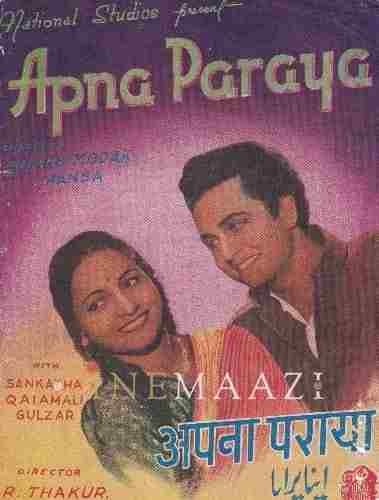
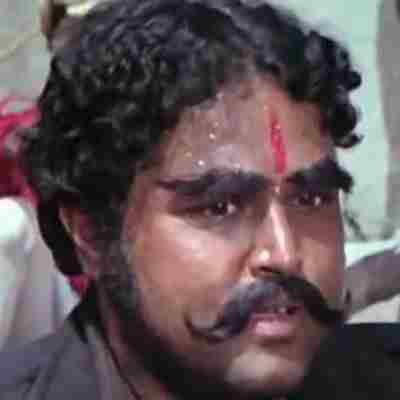
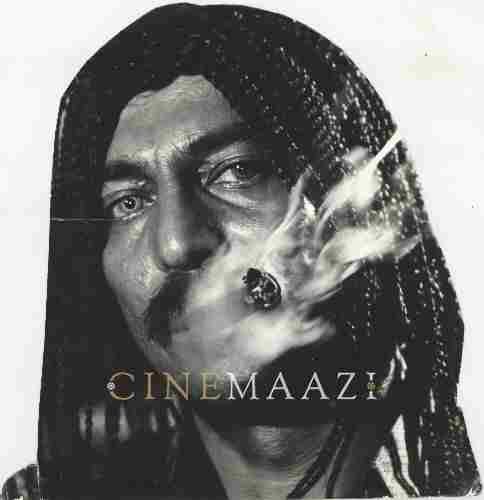
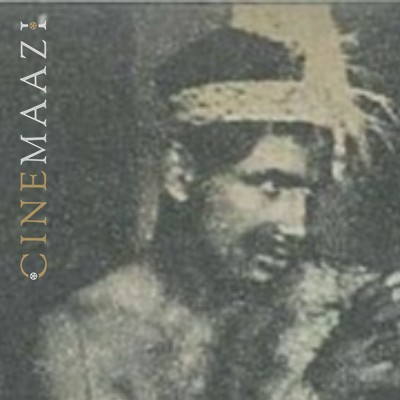
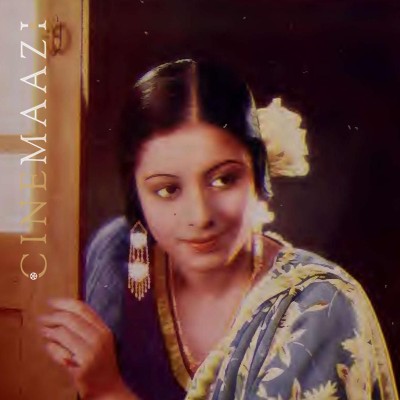
.jpg)



